Fascinating facts about ancient writing systems and lost languages
Ancient writing systems are a fascinating window into the past, offering clues about the cultures that created them. These scripts are not just means of communication, but also art forms, often shrouded in mystery.
From the enigmatic symbols on ancient tablets to the elaborate carvings on temple walls, each writing system has its own story to tell. Despite advances in technology, many ancient scripts remain undeciphered, tantalizing scholars and enthusiasts with their secrets.
The Dawn of Written Communication: Cuneiform Scripts
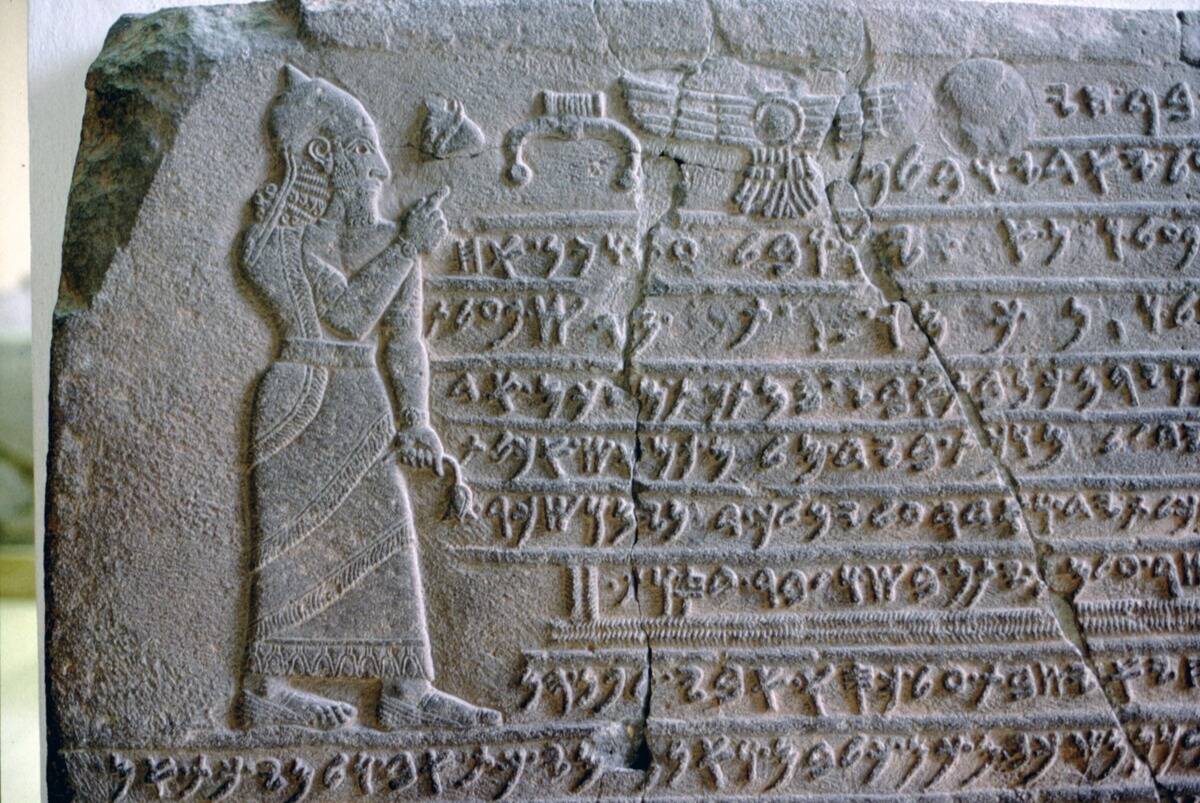
Cuneiform, one of the earliest writing systems, originated in Mesopotamia around 3200 BCE. These wedge-shaped marks were pressed into clay tablets using a reed stylus. Originally used for record-keeping, cuneiform evolved to capture literature, laws, and correspondence.
The Epic of Gilgamesh, one of the oldest known works of literature, was recorded in cuneiform. This script’s development marks a significant leap in human communication, influencing subsequent writing systems in the region.
Hieroglyphics: Decoding the Symbols of Ancient Egypt
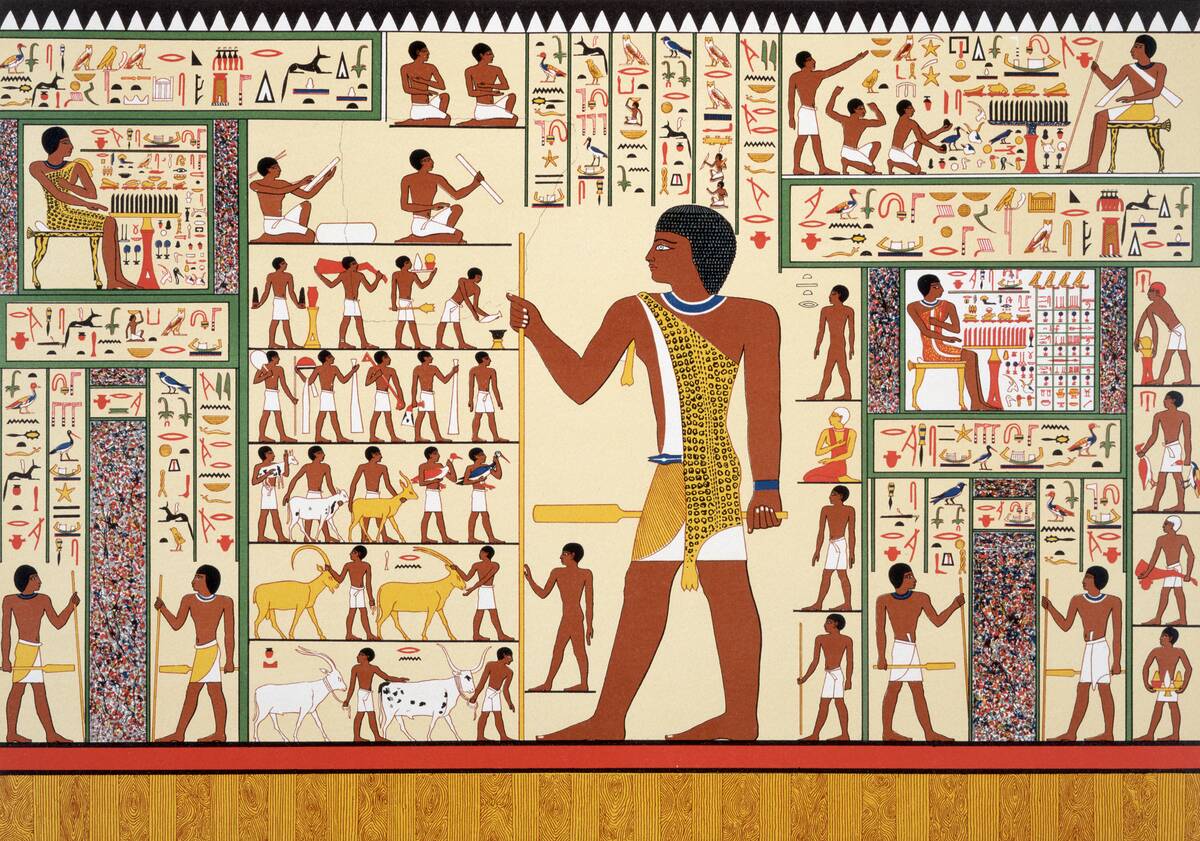
Hieroglyphics are perhaps the most visually striking of ancient scripts, combining logographic and alphabetic elements. Used primarily for monumental inscriptions, these symbols adorned tombs and temples.
The ancient Egyptians believed writing held magical properties, and hieroglyphs were integral to their religious practices. Deciphered in the 19th century with the help of the Rosetta Stone, hieroglyphics have revealed much about Egypt’s history, culture, and beliefs.
The Enigma of Linear A: Minoan Mysteries
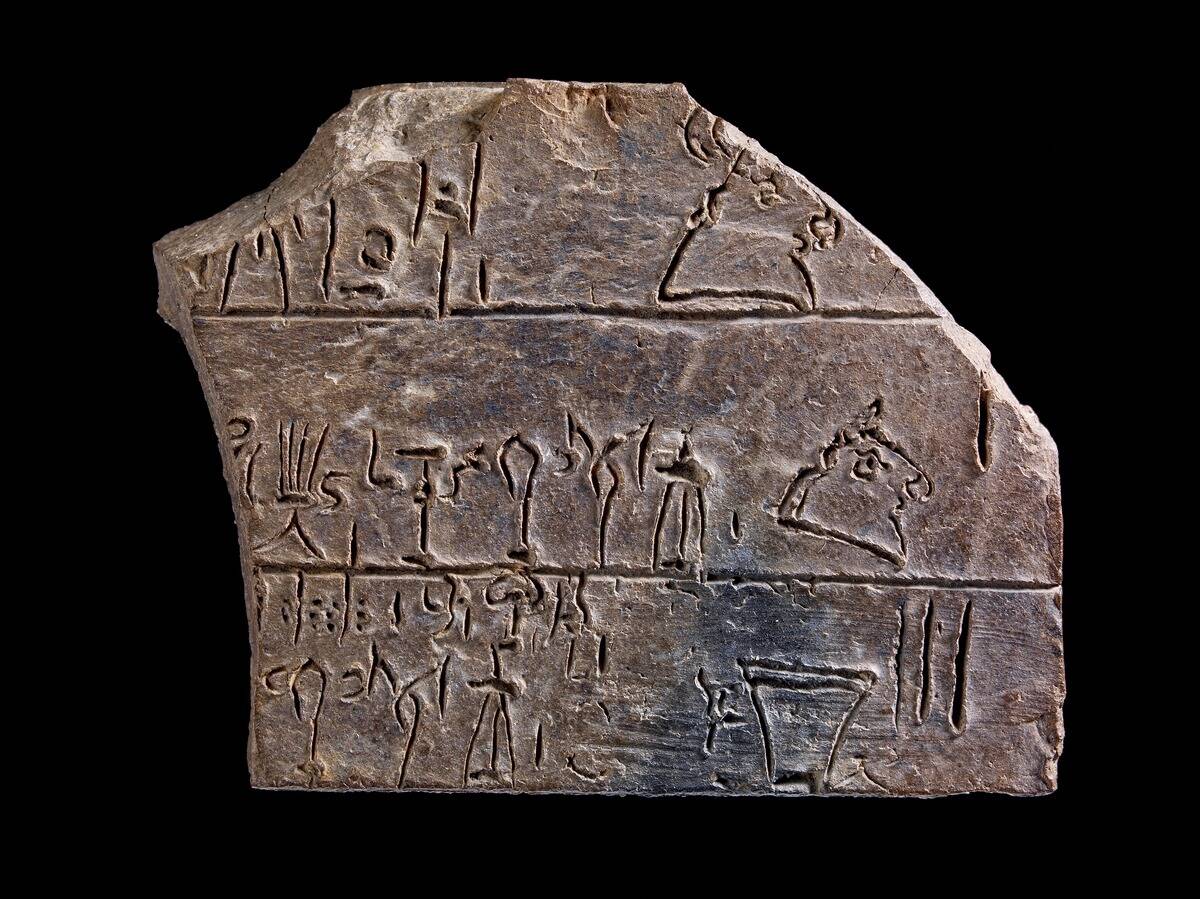
Linear A, used by the ancient Minoan civilization on Crete, remains one of the great unsolved puzzles of archaeology. Dating back to around 1800 BCE, this script was inscribed on clay tablets and other artifacts.
Despite similarities to Linear B, which was deciphered as an early form of Greek, Linear A’s language and meaning remain elusive. Its undeciphered status continues to intrigue scholars, offering potential insights into Minoan society and language.
The Rosetta Stone: Unlocking Egyptian Secrets

The Rosetta Stone, discovered in 1799, was instrumental in deciphering Egyptian hieroglyphics. This artifact features the same text in three scripts: Greek, Demotic, and hieroglyphics. French scholar Jean-François Champollion cracked the code in 1822, using the Greek text as a reference.
This breakthrough unlocked centuries of Egyptian history and culture, providing a wealth of information about ancient practices and beliefs. The Rosetta Stone remains a symbol of linguistic discovery.
Mayan Glyphs: The Language of the Gods
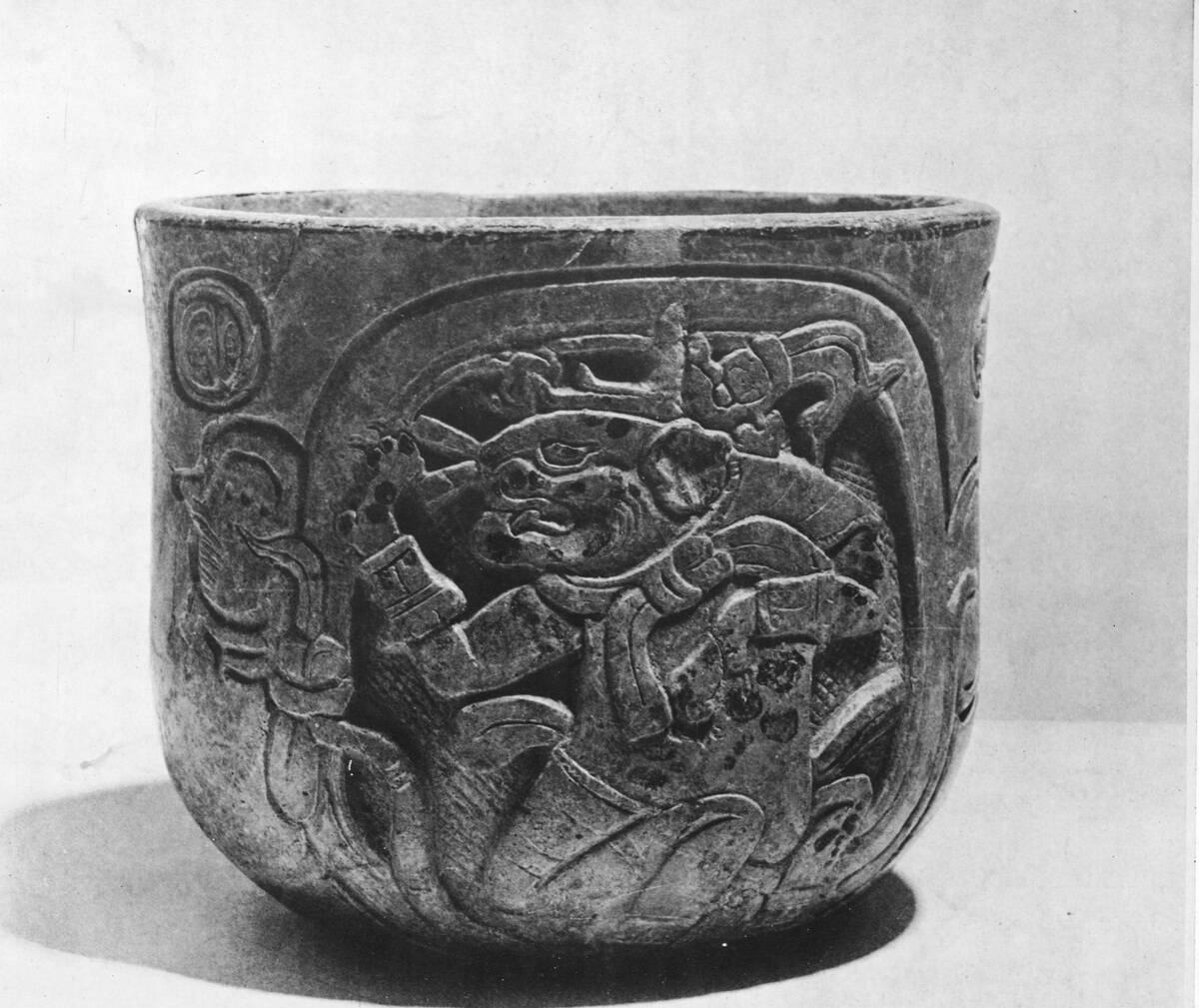
Mayan glyphs are a complex system of logograms and syllabic symbols used by the Maya civilization. These glyphs were carved on monuments and written in codices, chronicling history, mythology, and rituals.
The decipherment of Mayan script began in the 20th century, revealing a rich tapestry of Mayan life and thought. Mayan glyphs continue to captivate linguists and historians, showcasing the sophistication of this ancient civilization’s communication methods.
The Runes of the Vikings: Norse Legacy on Stone

Runes were the letters of the runic alphabets used by Germanic peoples, including the Vikings. These inscriptions are found on stones, weapons, and jewelry, serving both practical and magical purposes.
Elder Futhark, the oldest runic system, dates to around 150 CE. Runes were used for communication, memorials, and invoking divine protection. Their mystic symbolism continues to inspire modern interpretations, reflecting the rich oral traditions of Norse culture.
The Lost Language of the Indus Valley Civilization
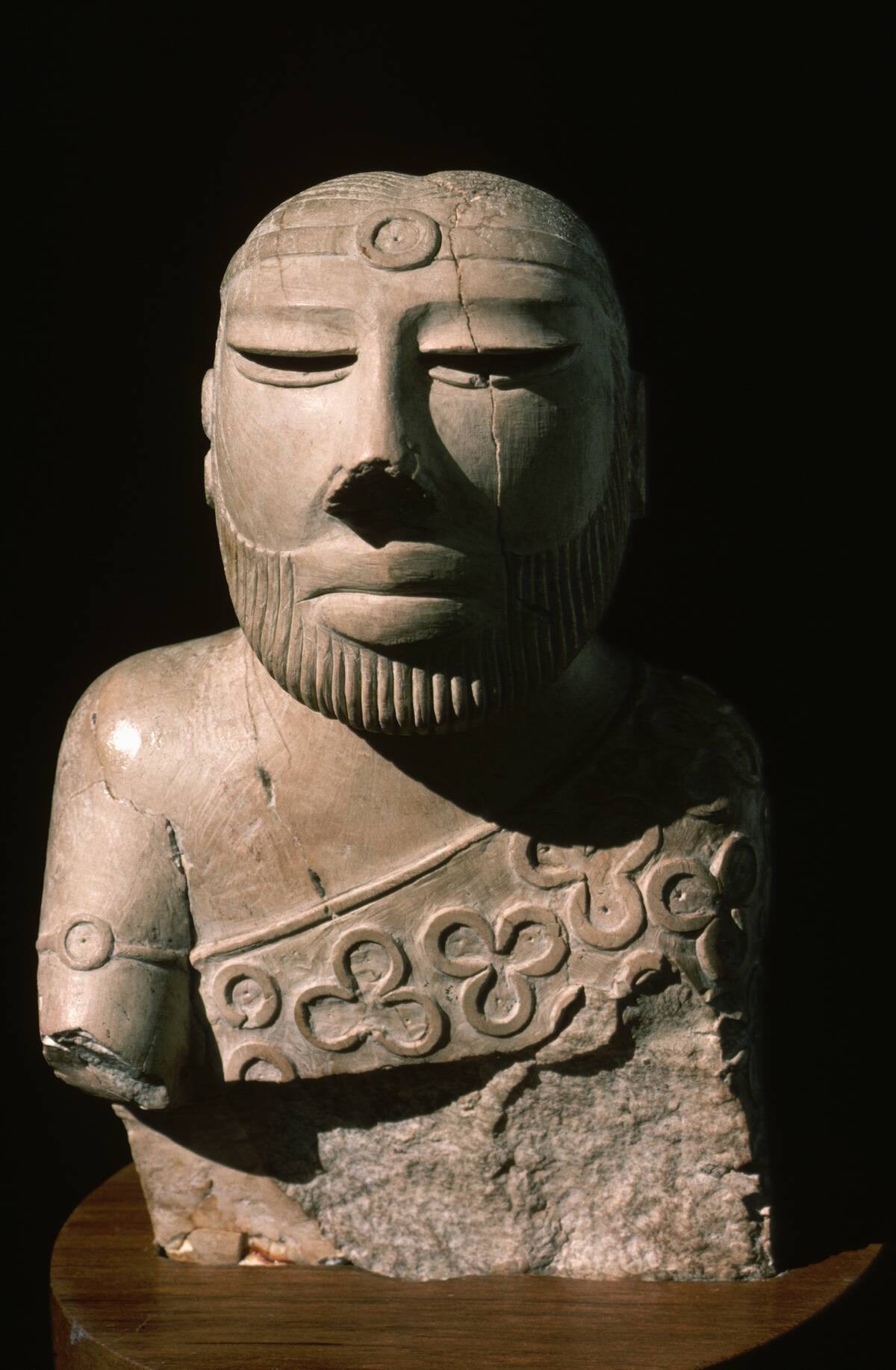
The Indus Valley Civilization, flourishing around 2500 BCE, had a script that remains undeciphered. Found on seals and pottery, these symbols suggest a sophisticated urban culture.
Despite extensive archaeological discoveries, the language’s structure and meaning are unknown. This script’s decipherment could unlock insights into one of the world’s earliest urban cultures, but for now, it remains one of history’s tantalizing mysteries.
Elamite Scripts: Iran’s Ancient Linguistic Puzzle

Elamite scripts, used in what is now southwestern Iran, spanned several millennia. The earliest, Proto-Elamite, dates to around 3100 BCE and is still undeciphered. Later Elamite scripts evolved, employed in administrative and ceremonial contexts.
They offer glimpses into the Elamite culture, which interacted with Mesopotamian civilizations. Deciphering these scripts is challenging due to the limited number of texts, yet they hold keys to understanding ancient Elam’s influence on the region.
The Curious Case of the Rongorongo of Easter Island
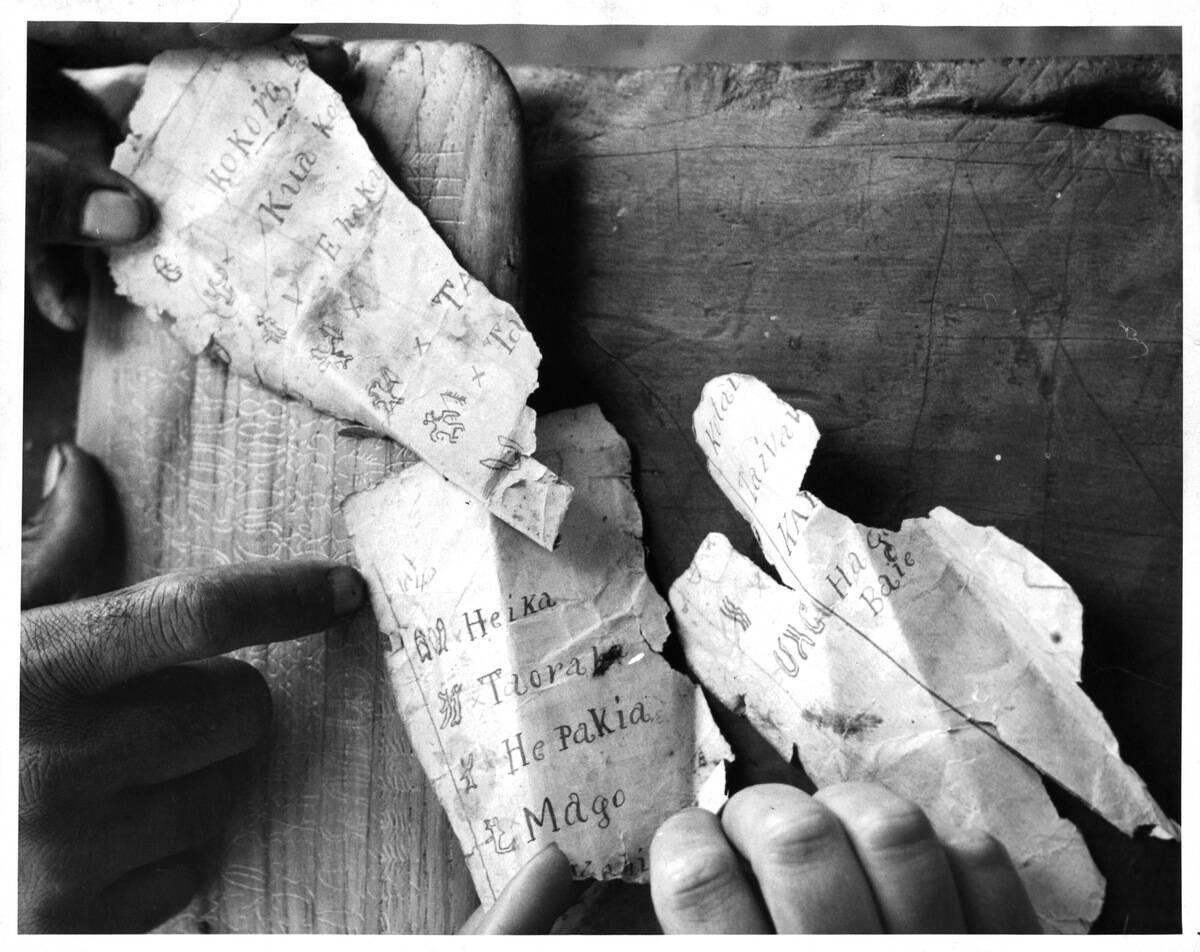
Rongorongo is a system of glyphs found on Easter Island, with no known connection to other writing systems. Discovered in the 19th century, these inscriptions remain undeciphered. The tablets, often made of wood, suggest a form of proto-writing.
Theories abound about their purpose, ranging from genealogical records to ritual texts. Efforts to decode Rongorongo continue, as solving this mystery could illuminate the Rapa Nui culture’s history and practices.
The Language of the Etruscans: A Lost Italian Tongue
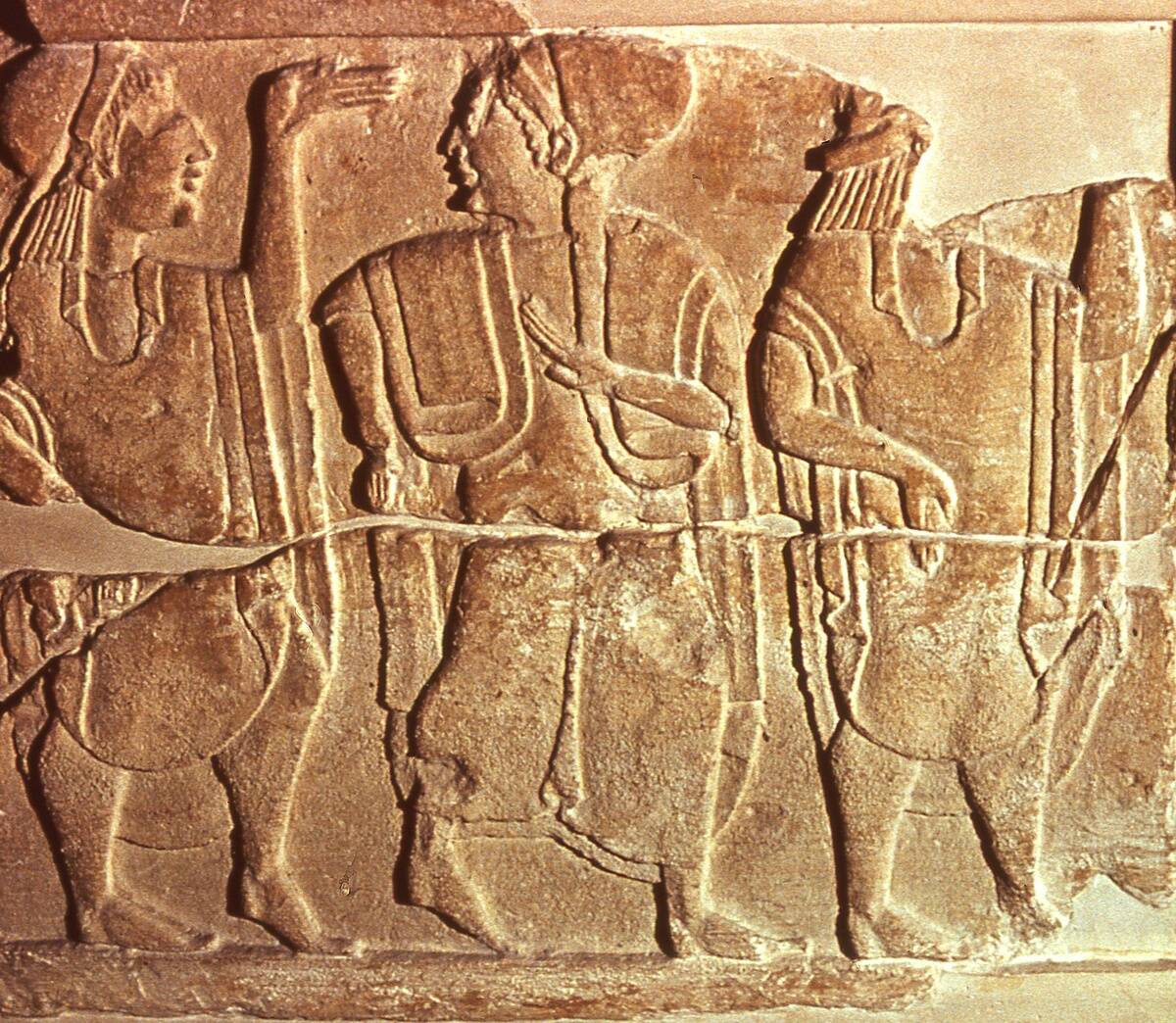
The Etruscan language, spoken in ancient Italy, is known primarily through inscriptions on tombs and artifacts. While the Etruscan script has been deciphered, the language itself remains only partially understood.
Related to no known language family, it offers unique insights into Etruscan society, which significantly influenced Roman culture. Despite its limited understanding, Etruscan studies provide valuable context for Italy’s early historical developments.
Proto-Elamite: The Oldest Undeciphered Writing

Proto-Elamite, dating back to circa 3100 BCE, is the oldest undeciphered writing system. Found mainly in southwestern Iran, it features over a thousand distinct signs. Despite extensive study, the meaning of these symbols remains elusive.
This script is believed to predate the Elamite civilization’s rise and may reveal early administrative practices. Deciphering Proto-Elamite could significantly enhance understanding of early urban societies in the region.
The Phoenician Alphabet: The Ancestor of Modern Scripts
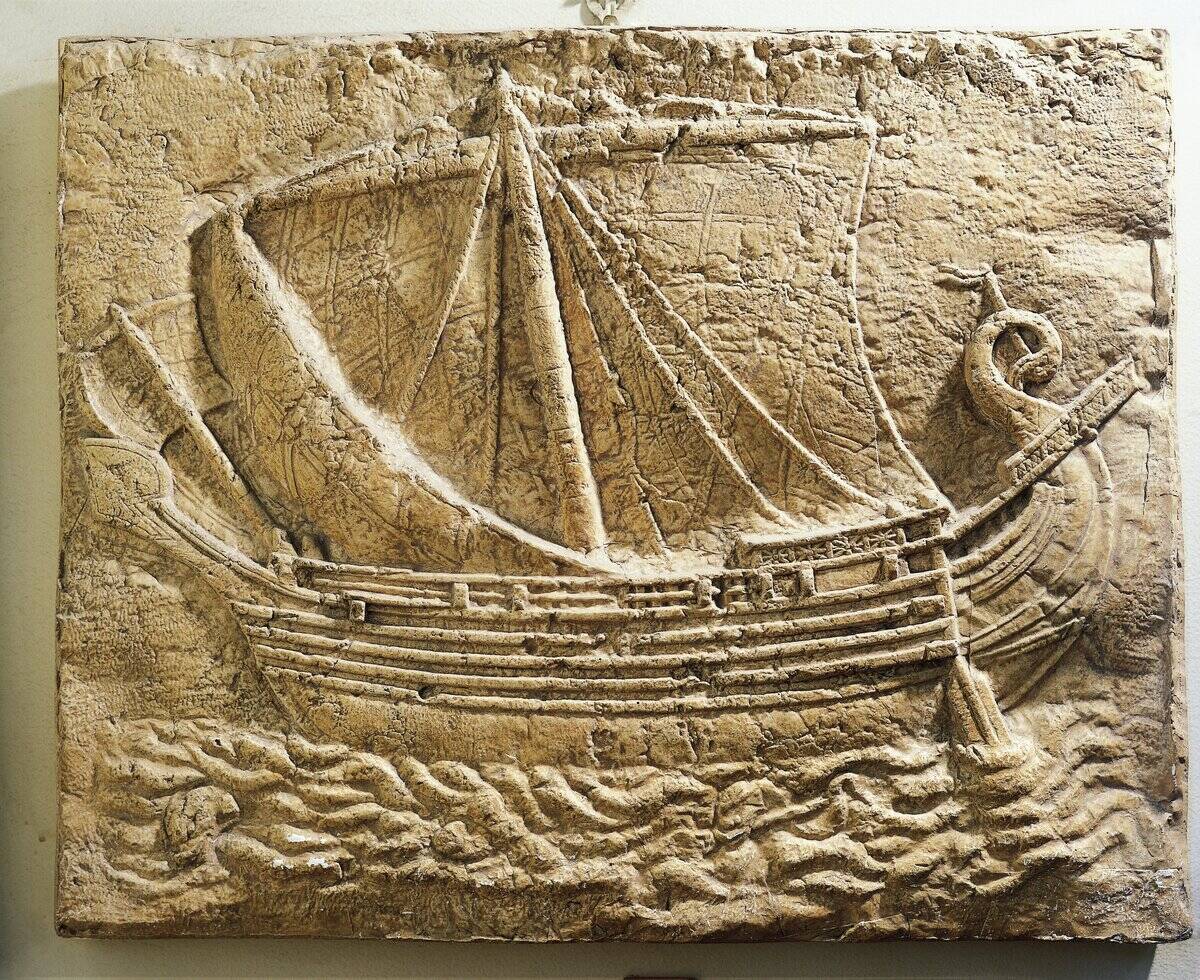
The Phoenician alphabet, developed around 1050 BCE, is a precursor to many modern writing systems. Its simple, consonant-based structure was easily adapted by other cultures, including the Greeks and Romans.
This adaptability facilitated trade and communication across the Mediterranean. The Phoenician alphabet’s influence is evident in today’s alphabetic systems, highlighting its pivotal role in the evolution of written language.
Lost Tongues of the Americas: From Olmecs to Incas
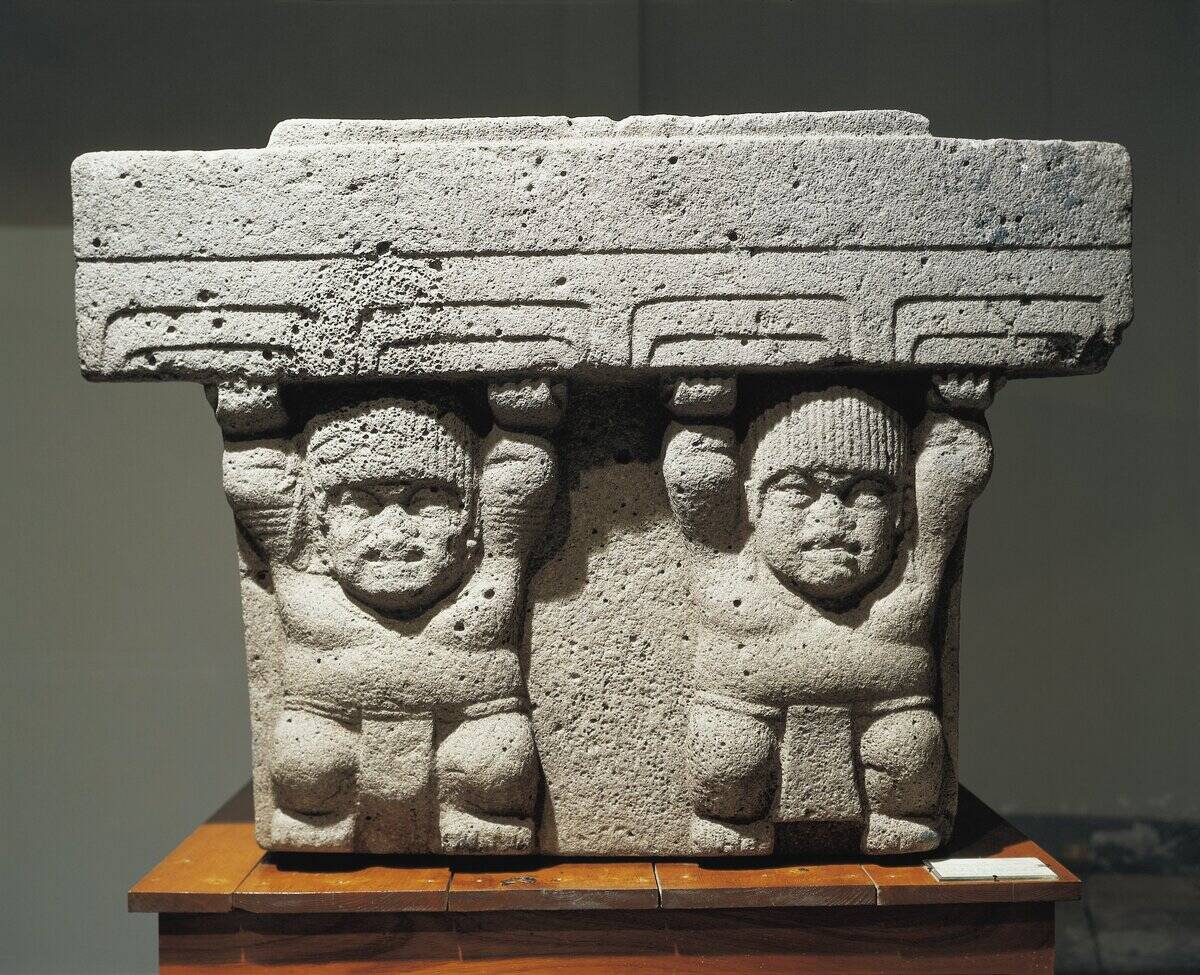
The Americas were home to diverse languages and scripts, many of which are now lost. The Olmecs, for instance, used a proto-writing system that remains largely undeciphered. Inca civilization employed quipus, a system of knotted cords, to record information.
lost languages reflect the rich cultural tapestry of pre-Columbian societies. Rediscovering them could provide deeper insights into indigenous knowledge and history.
The Role of Scribes in Ancient Societies: Keepers of Knowledge
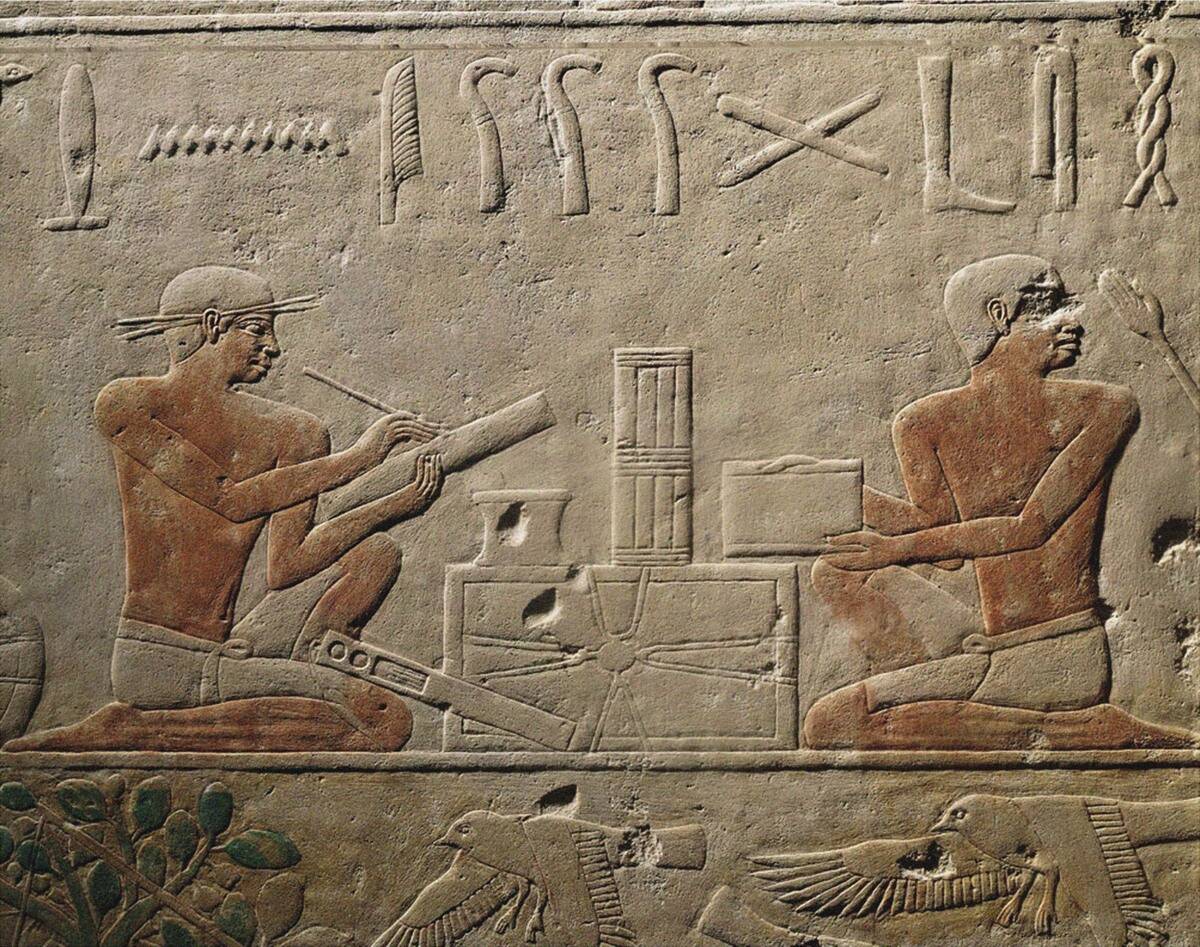
In ancient societies, scribes were vital for recording and preserving information. These skilled individuals were among the few who could read and write, documenting everything from administrative records to literary works.
Scribes often held high status, serving as advisors and record keepers for rulers. Their work ensured the continuity of knowledge across generations, bridging the gap between oral traditions and written history.
The Ancient Scripts of the Harappan Civilization

The Harappan script, used by the Indus Valley Civilization, consists of symbols found on seals and pottery. Despite many attempts, it remains undeciphered, with no known bilingual texts to aid translation.
The script’s brevity—most inscriptions are just a few characters long—compounds the challenge. Yet, deciphering this script could unlock secrets of the Harappans, revealing insights into one of the world’s earliest complex societies.



